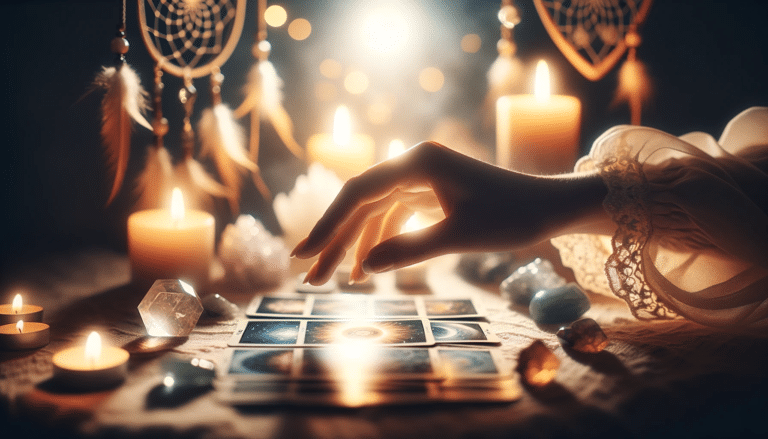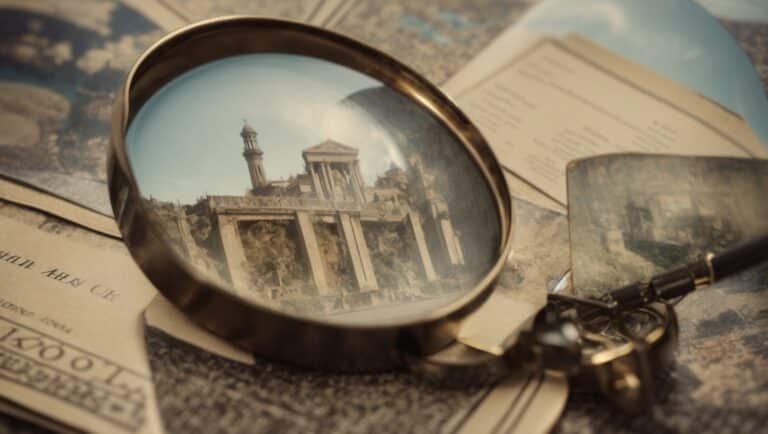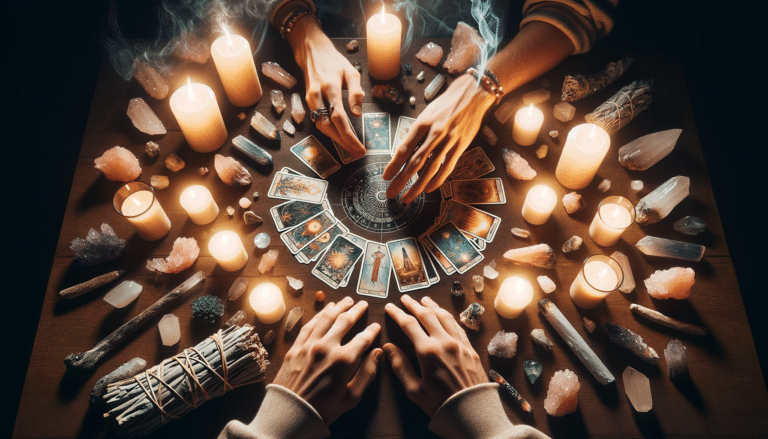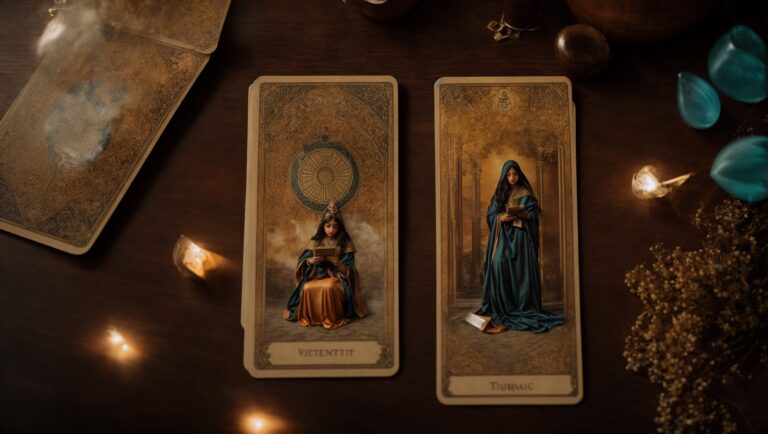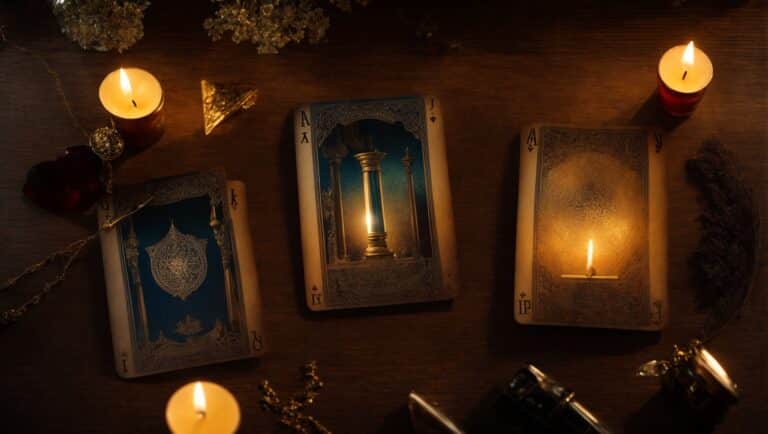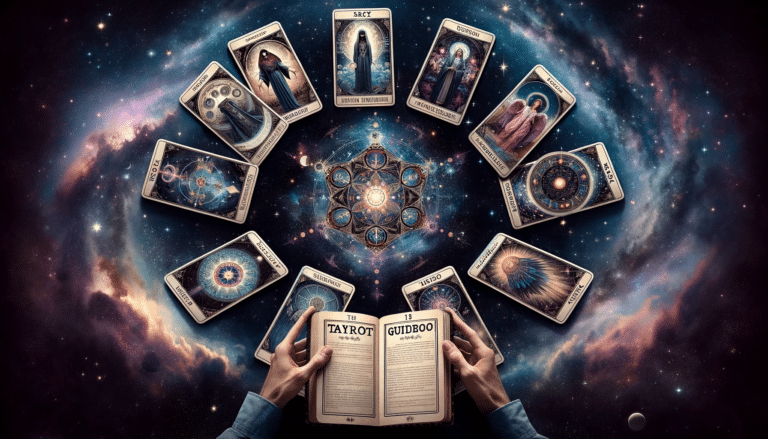Understanding Major Arcana Tarot Meanings: A Complete Guide
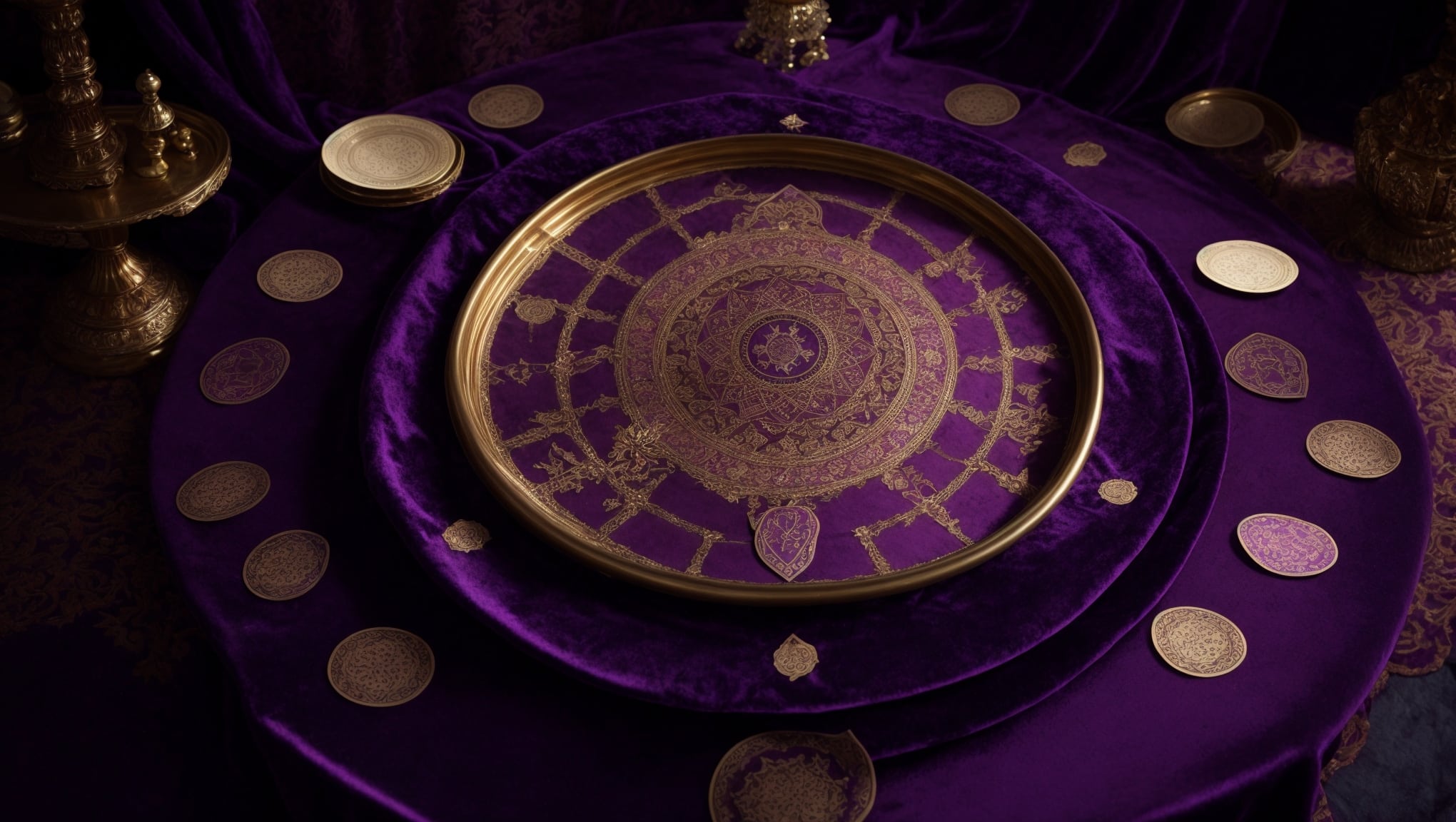
You’ve been thrown into the deep end of the mystical tarot pool, haven’t you?
Don’t worry… it’s all good! I’m here to be your lifeline.
Untangling the complex web of understanding Major Arcana Tarot meanings may seem daunting, but I’ll guide you through. Soon, you’ll not only interpret these powerful cards like a pro, but you’ll also discover the profound wisdom they hold.
Let’s embark on this enlightening journey together, shall we?
Key Takeaways
- The Major Arcana consists of 22 cards with unique symbolism and profound messages.
- Each card represents a world unto itself, filled with mystical imagery and deep meanings.
- The Major Arcana forms the foundation of the tarot deck, consisting of 22 cards.
- When a Major Arcana card appears in a reading, it signifies a life-altering event or a powerful force at work.
Understanding the Major Arcana Cards
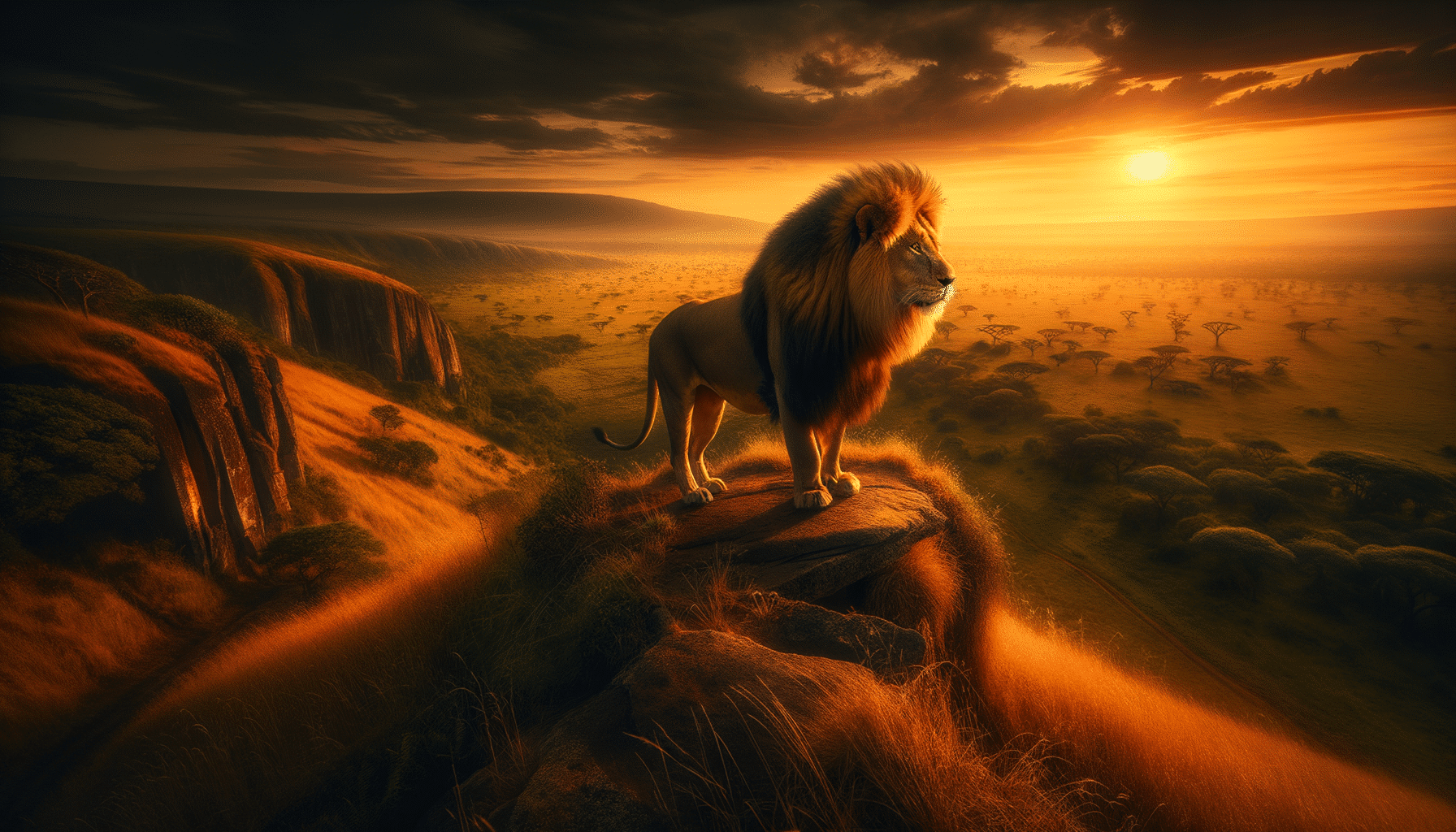
In your journey to comprehend the 22 Major Arcana cards, you’ll discover each card’s unique symbolism and profound messages. Each card is a world unto itself, filled with mystical imagery and deep meanings. You’ll find that these cards don’t just tell a story – they can also be guides, illuminating your life’s path and helping you navigate your way.
Let’s start with ‘The Fool’. It’s not about stupidity or naivety, but rather the beginning of a journey. It’s you, standing at life’s edge, ready to take that leap of faith.
Next is ‘The Magician’, symbolizing resourcefulness and the power to manifest your desires. You’ve got the tools – you just need to use them.
Don’t be daunted by ‘Death’. It’s not about physical death, but transformation, endings, and new beginnings. And ‘The Lovers’? It’s about harmony, partnerships, and choices made from the heart.
Check out our Tarot Decks here…
Interpreting Major Arcana Symbolism
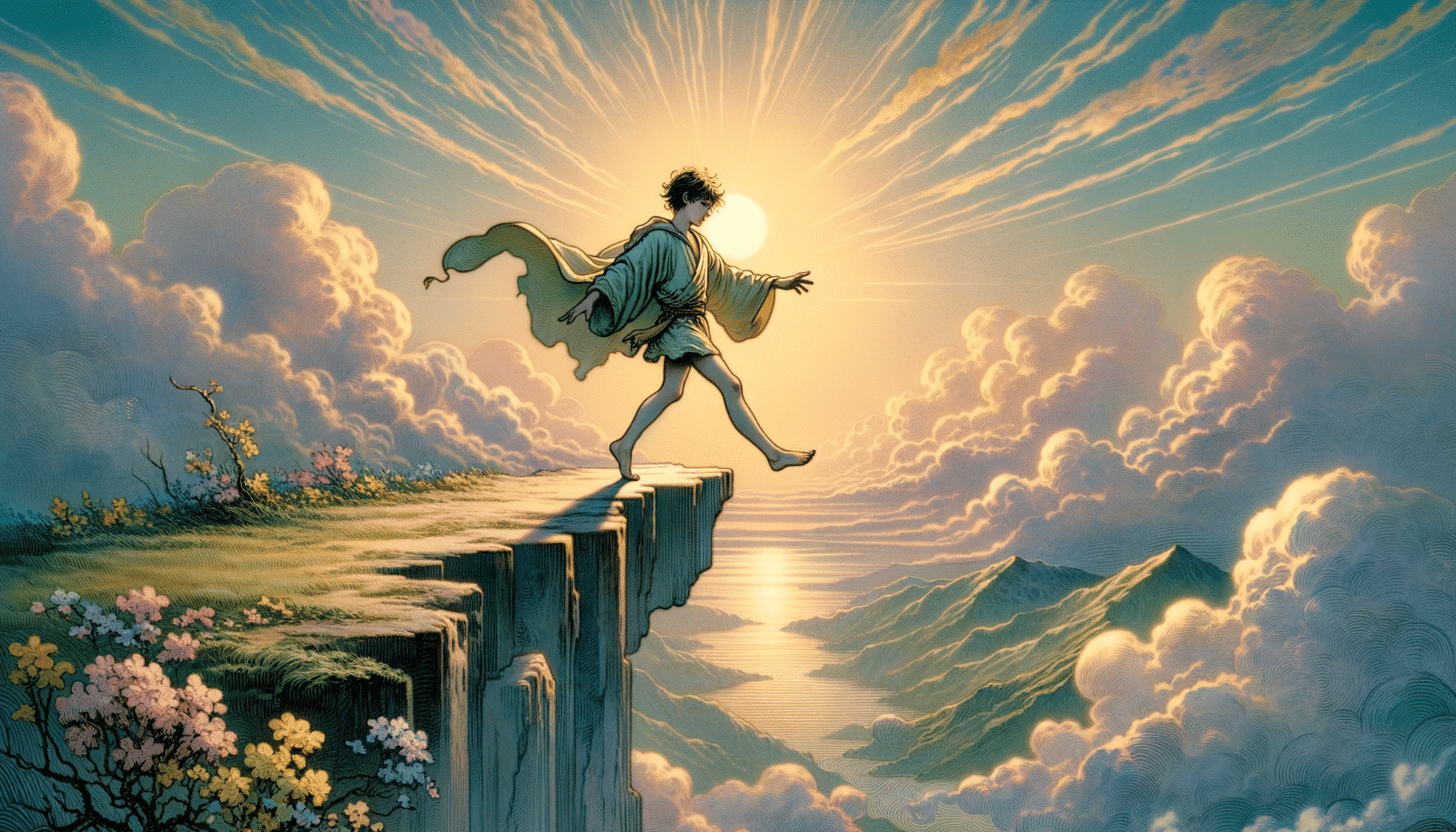
While you’re delving into the rich symbolism of each Major Arcana card, you’ll find that the images aren’t just decorative – they’re packed with layers of meaning that can offer insights into your life’s journey. You’ll discover that each card has a specific design, representing a broader concept, and that every detail, no matter how small, is significant.
To assist you in this journey, here are some points to consider:
- Card figures: Pay attention to who or what’s depicted on the card.
- Human figures: They usually symbolize you or someone else in your life.
-
Animal figures: These typically represent instincts, desires, and raw emotions.
-
Colors: Each color in the tarot card holds a distinct meaning.
- Red: Represents passion, action, and motivation.
- Blue: Signifies wisdom, intuition, and spiritual insight.
In your quest to understand Major Arcana symbolism, remember that the first step is to look closely and pay attention to every detail. Then, let your intuition guide you to the card’s message. With practice, you’ll be able to connect with the symbolism on a deeper level and gain invaluable insights.
Learn about more Basics of Learning Tarot here…
Role of Major Arcana in Tarot Reading
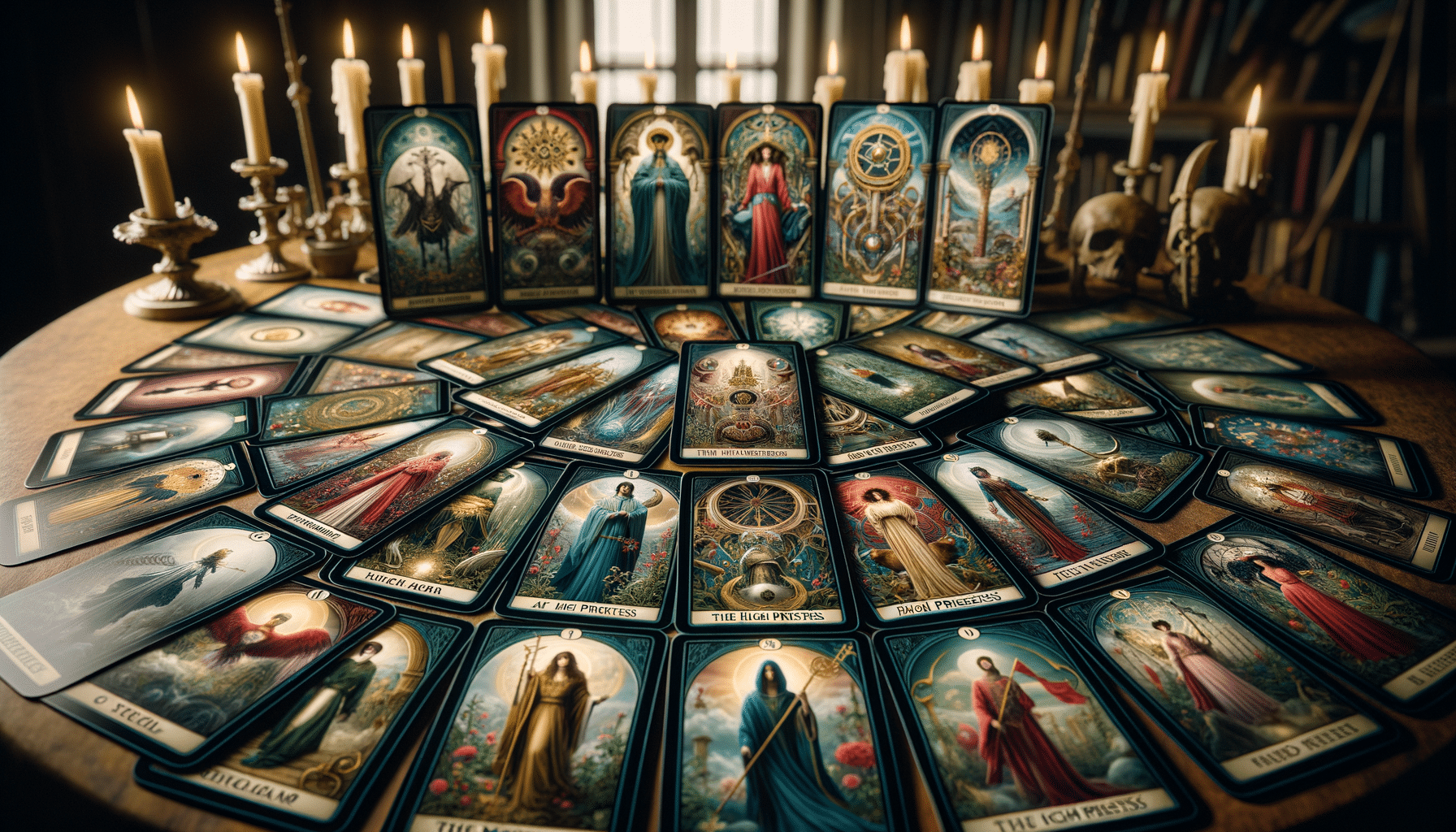
Now, as you delve deeper into the Major Arcana, you’ll begin to understand its pivotal role in tarot reading. This group, consisting of 22 cards, forms the foundation of the tarot deck, providing profound insights into your life’s journey. Each card represents significant life events, spiritual lessons, or karma.
When a Major Arcana card appears in your reading, pay attention! It’s signifying that you’re currently encountering a life-altering event or that a powerful force is at work. These cards aren’t about the everyday ups and downs but the broader strokes of your existence.
The Fool, for instance, signifies the beginning of a journey, while Death indicates a major transformation. The Tower warns of sudden upheavals, and The Sun brings joy and abundance. Understanding these cards helps you navigate life’s challenges and embrace opportunities.
Learn even more secrets of Tarot Card Interpretation here…
Major Arcana Cards: Individual Meanings
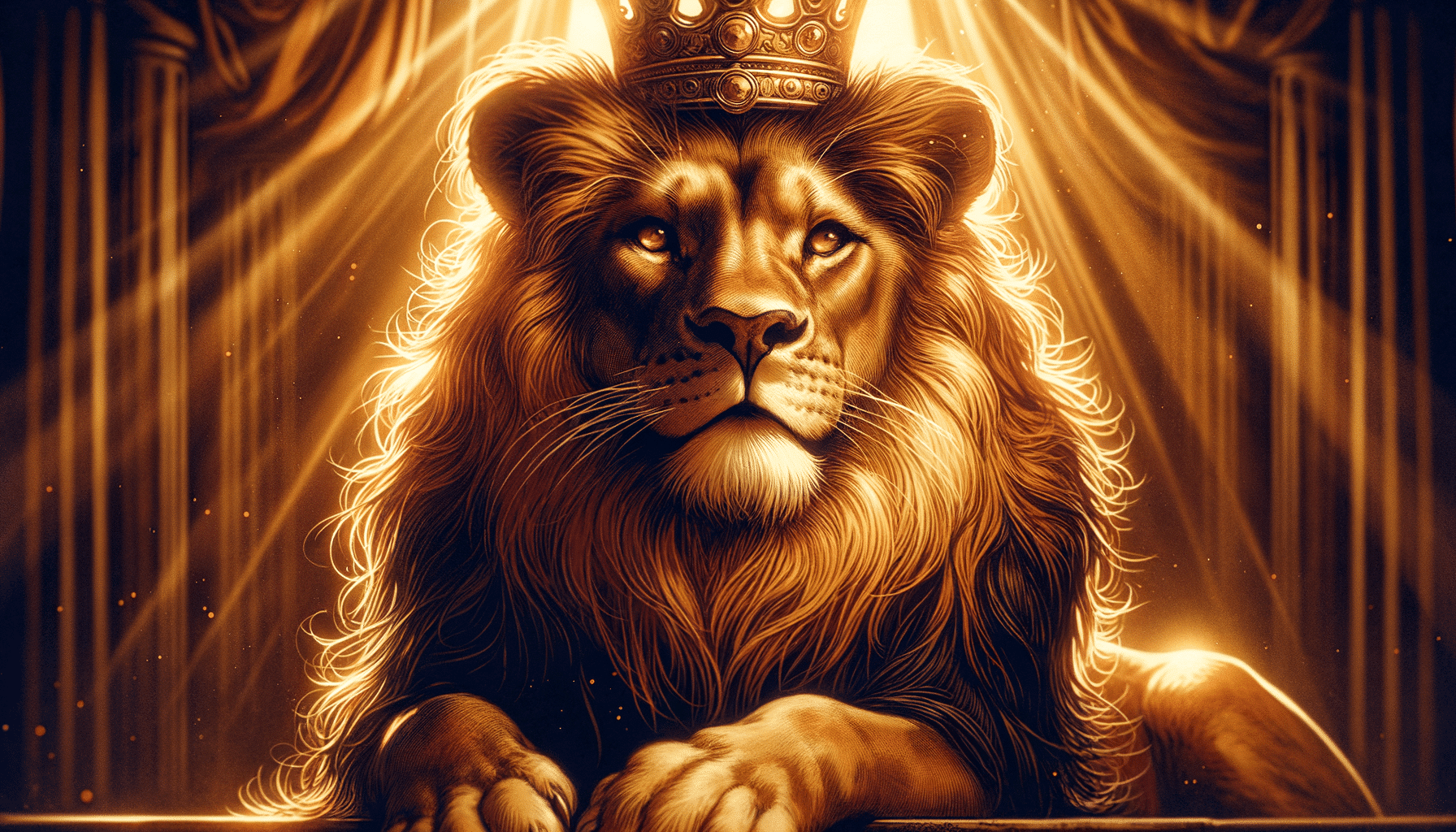
Let’s delve into the 22 individual Major Arcana cards, each with its unique symbolism and lessons that can guide your life journey. These cards aren’t just about fortune telling, they’re about self-reflection and personal growth.
To aid your understanding, here’s a simple breakdown:
The Fool (Card 0):
The Fool embodies the spirit of discovery, new beginnings, and the endless potential of an unwritten journey. This card suggests a leap of faith, embracing new experiences with an open heart and mind. It represents the start of a spiritual journey and the freedom of potential that comes before making a choice.
The Magician (Card 1):
The Magician represents manifesting one’s desires through skill, resourcefulness, and concentration. This card symbolizes the power to utilize the universe’s tools (the elements represented by the minor arcana suits) to achieve goals. It suggests creativity, self-confidence, and the ability to make things happen.
The High Priestess (Card 2):
This card embodies mystery, intuition, and knowledge that is yet to be revealed. The High Priestess suggests a deep understanding and trust in one’s intuition and inner wisdom. It can also indicate hidden talents or insights, and a need to listen to one’s inner voice.
The Empress (Card 3):
The Empress symbolizes fertility, abundance, and nurturing. She represents the embodiment of nature, creativity, and the nurturing of ideas into fruition. This card often signifies maternal influence, growth, and the abundance of the natural world.
The Emperor (Card 4):
The Emperor stands for authority, structure, and control. He symbolizes the power of rationality and leadership. This card can indicate stability, discipline, and the need for order and rules.
The Hierophant (Card 5):
This card represents tradition, conventional beliefs, and the pursuit of knowledge. The Hierophant suggests spiritual wisdom, religious beliefs, and societal expectations. It often points to a mentor or guide and signifies the seeking of spiritual truth.
The Lovers (Card 6):
The Lovers symbolize love, harmony, and relationships. This card often represents choices in matters of the heart and the importance of compatibility and values in relationships. It also suggests the need for balance and unity in decision-making.
The Chariot (Card 7):
The Chariot signifies determination, willpower, and victory. It represents overcoming obstacles and achieving success through self-discipline and control. This card suggests a journey, possibly physical or spiritual, and the triumph of perseverance.
Strength (Card 8):
Strength embodies courage, bravery, and inner strength. This card suggests overcoming challenges through patience, control, and the gentle exertion of power. It often symbolizes the triumph of spirit over matter and the importance of compassion and resolve.
The Hermit (Card 9):
The Hermit signifies introspection, solitude, and seeking inner truth. This card represents a journey inward, searching for wisdom and guidance from within. It often indicates a period of self-reflection or the need for a quiet, solitary space for contemplation.
Wheel of Fortune (Card 10):
This card symbolizes the cyclical nature of life, fate, and destiny. The Wheel of Fortune suggests change, cycles, and a pivotal point in life where things are set in motion. It represents the ups and downs of life and the forces of the universe at play.
Justice (Card 11):
Justice represents fairness, balance, and the consequences of one’s actions. This card suggests the need for balance in decision-making and the importance of honesty and integrity. It often symbolizes legal matters or the seeking of justice.
The Hanged Man (Card 12):
The Hanged Man symbolizes surrender, new perspectives, and sacrifice. This card suggests a period of suspension and the need to let go of control to gain a new perspective. It often represents a voluntary sacrifice or a period of introspection.
Death (Card 13):
Contrary to popular belief, Death often symbolizes transformation, endings, and new beginnings. This card suggests the end of a chapter and the start of a new one. It represents significant change and the need to let go of the past to embrace the future.
Temperance (Card 14):
Temperance signifies balance, moderation, and harmony. This card suggests blending opposing elements to create something new and finding middle ground. It often represents healing, self-control, and the integration of opposites.
The Devil (Card 15):
The Devil represents materialism, temptation, and bondage. This card suggests being trapped by materialistic desires or unhealthy habits. It symbolizes the struggle against self-imposed restrictions or dependencies.
The Tower (Card 16):
The Tower signifies sudden upheaval, chaos, and revelation. This card represents the destruction of established structures and sudden change. It often indicates a shocking revelation or a drastic shift in perspective.
The Star (Card 17):
The Star symbolizes hope, faith, and inspiration. This card suggests healing, renewal, and the serene sense of hope after a difficult time. It represents guidance, optimism, and a sense of spiritual and emotional replenishment.
The Moon (Card 18):
The Moon represents the subconscious, illusions, and intuition. This card suggests exploring the hidden depths of the psyche and understanding one’s innermost fears and desires. It often symbolizes confusion or the need to trust one’s intuition.
The Sun (Card 19):
The Sun symbolizes success, vitality, and joy. This card represents clarity, positivity, and the radiant energy of life. It suggests happiness, accomplishment, and optimism.
Judgement (Card 20):
Judgement signifies reflection, rebirth, and inner calling. This card suggests self-evaluation, awakening, and a call to a higher purpose. It represents a moment of reckoning and the need to make significant decisions.
The World (Card 21):
The World represents completion, fulfillment, and accomplishment. This card symbolizes the end of a cycle and the successful completion of a journey. It suggests wholeness, satisfaction, and a sense of achievement.
Remember, these cards are tools meant to help you navigate life’s challenges and opportunities.
Stay tuned as next, we’ll provide tips for decoding major arcana cards.
Tips for Decoding and Understanding Major Arcana Meanings
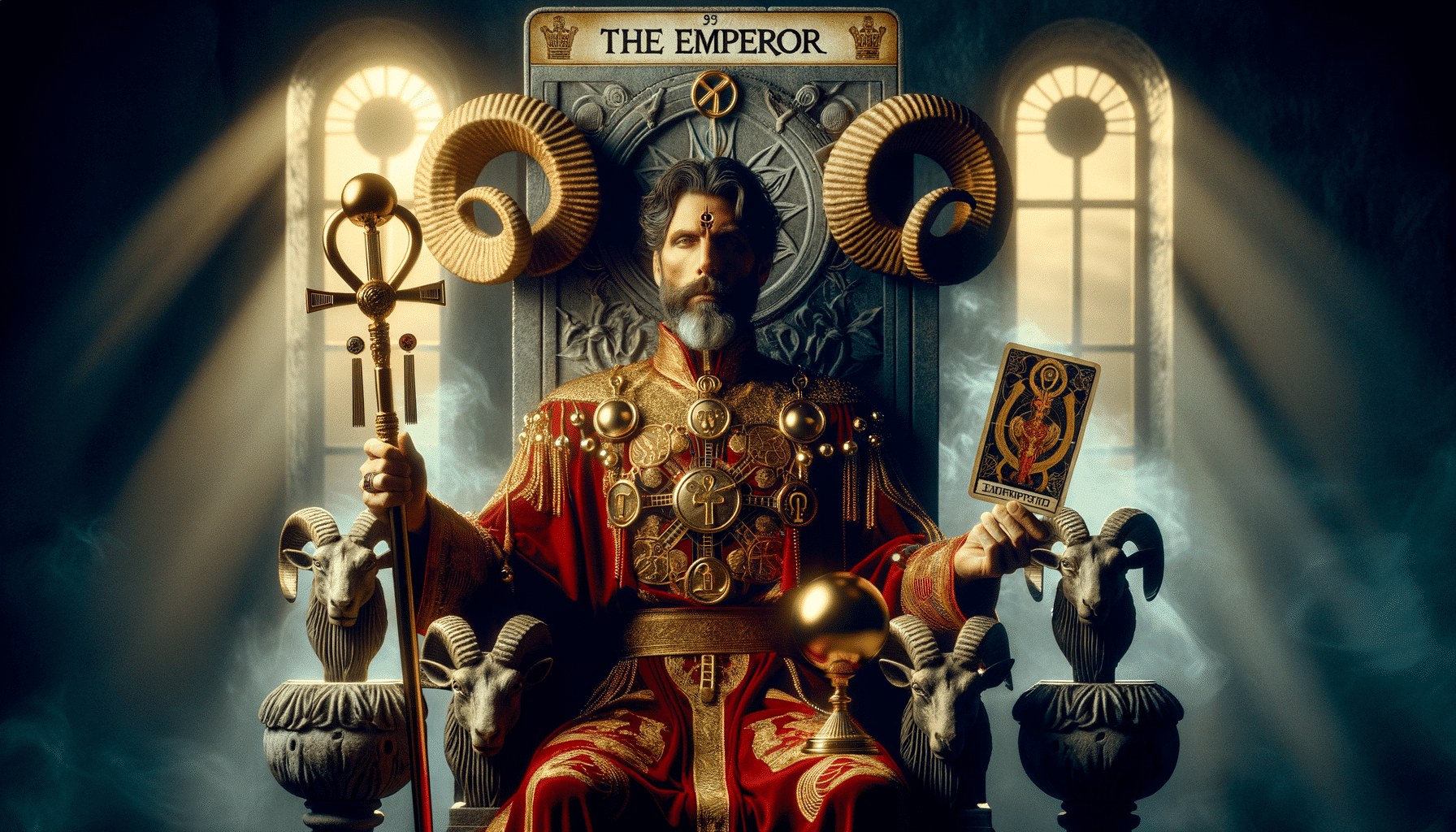
Understanding the Major Arcana’s profound symbolism is crucial to your tarot journey, so here are some practical tips to help you decode their messages effectively.
Firstly, don’t rush. It’s okay to take your time to grasp each card’s meaning. Tarot is a language of symbols, and you’re learning to speak it fluently.
Secondly, use a journal to record your impressions. Write down how a card makes you feel or what comes to your mind when you see it. There’s no right or wrong answer; it’s about your personal interpretation.
Thirdly, it’s essential to study each card individually, but also see it as part of a larger story. The Major Arcana illustrates a journey called “The Fool’s Journey”, so try to recognize the narrative thread.
Fourthly, don’t be scared of ‘negative’ cards. They’re not bad omens, but lessons and challenges to overcome.
Lastly, trust your intuition. Tarot is a tool for self-reflection. If a card’s ‘book’ meaning doesn’t resonate with you, listen to your inner voice. It’s your reading, and ultimately, you’re the one who defines the cards’ meanings.
With practice and patience, you’ll become proficient in decoding the Major Arcana.
Frequently Asked Questions About Understanding Major Arcana Tarot Meanings
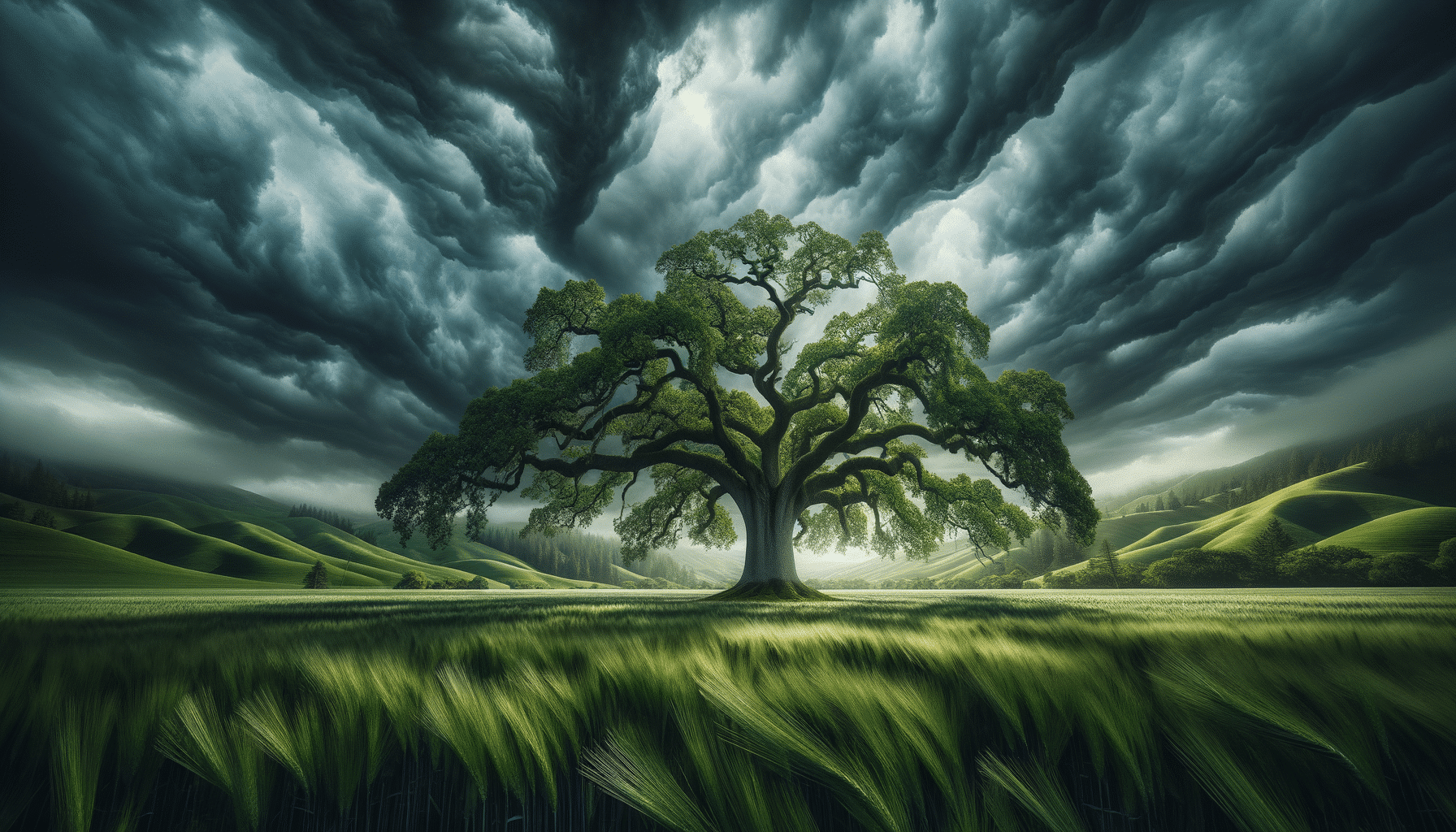
How Are Major Arcana Cards Different From Minor Arcana in Tarot Readings?
Major Arcana cards represent life’s spiritual and karmic lessons, while Minor Arcana cards reflect everyday trials and tribulations. They’re both essential for comprehensive readings.
Can Major Arcana Cards Predict Specific Events in a Person’s Life?
Yes, you can use Major Arcana cards to predict significant events in your life. They’re not about specific details, rather they indicate major life changes, spiritual journeys, and deep personal transformations.
Are There Different Versions or Designs of Major Arcana Cards?
Yes, there’re different versions and designs of Major Arcana cards. Each tarot deck is unique and reflects the artist’s interpretation. However, the core meanings stay the same across various decks. Explore to find your favorite.
Can a Person Learn to Read Major Arcana Cards on Their Own or Do They Need a Professional?
Absolutely, you can learn to read Major Arcana cards on your own. There’s plenty of books and online resources. However, guidance from a professional can provide deeper insights and speed up your learning process.
How Has the Interpretation of Major Arcana Cards Evolved Over Time?
Over centuries, interpretations of Major Arcana cards have evolved. Originally, they weren’t linked to mysticism. But in the 18th century, they started to be used in divination. You’ll see differences based on cultural contexts.
Conclusion
Cracking the Major Arcana’s symbolism is like unlocking a cosmic code. Each card, steeped in rich imagery, tells its unique story, guiding your intuition. By delving into the symbolism, you not only enhance your tarot readings, but also enrich your own self-understanding.
Remember, it’s not just about knowing the cards, it’s about feeling them. So, trust your instinct, let the Major Arcana’s profound symbolism speak to you, and watch your tarot journey unfold.
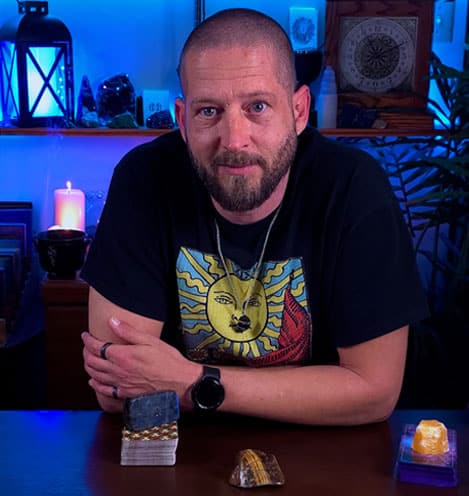
About The Author – Allen Hill
Allen Hill, the force behind Unknown Truth Tarot, has a YouTube following 6-times bigger than the population of his hometown, Miamisburg, Ohio. From his spiritually rich blog on Tarot and crystals to his role as CEO of The Unknown Truth Tarot Metaphysical Shop, Allen’s passion for the metaphysical shines through.
A master Tarot reader and “crystal junkie,” Allen is also a devoted dad to Dylan, 10, and Destiny, 24. When he’s not immersed in the world of Tarot and crystals, he enjoys poker and video gaming sessions, often humorously outplayed by Dylan.
Follow Allen on Twitter, Instagram, Facebook, TikTok, and subscribe to his Unknown Truth Tarot YouTube channel to join him on a journey of spiritual growth and self-discovery.

